Everything to Know About Attic Mould Remediation
By Editorial Team
Updated on September 6, 2024
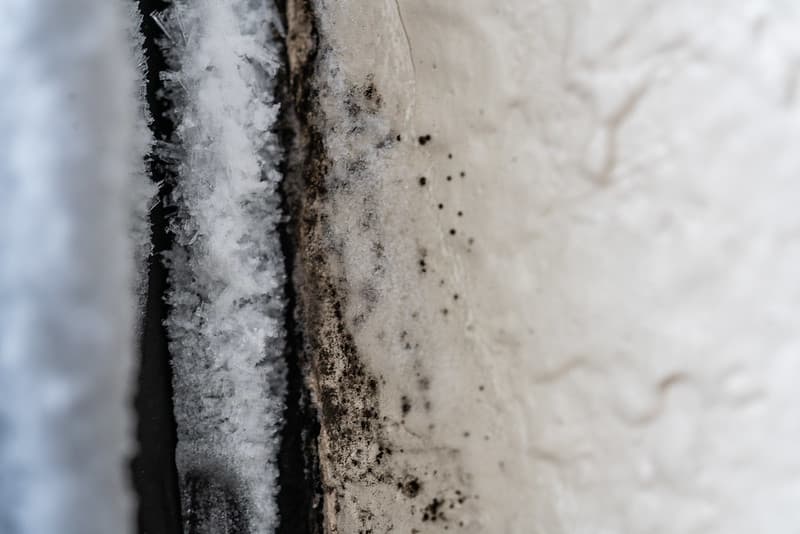
Mould or mold, no matter how you spell it, it’s universally abhorred by all residential and commercial building owners. Mould is a fungal species that's especially skilled at embedding itself on various parts of a structure.
Oftentimes, this substance will grow on and inside walls, behind furniture, in corners, and around window and door frames.
Mould proliferates even faster in humid, damp environments, so attics, crawl spaces, and basements should be monitored if there are any signs of water ingress or high humidity levels detected inside the property.
If mould isn’t removed and remediated promptly, it can quickly domino into an out-of-control situation. This microbial growth is a health hazard—one that risks damaging building materials. Mould problems should never be taken lightly. When spotted, rapid response is key.
Luckily, in most cases, mould removal and remediation can be done on most contaminated surfaces.
Telltale Signs of Attic Mould Growth
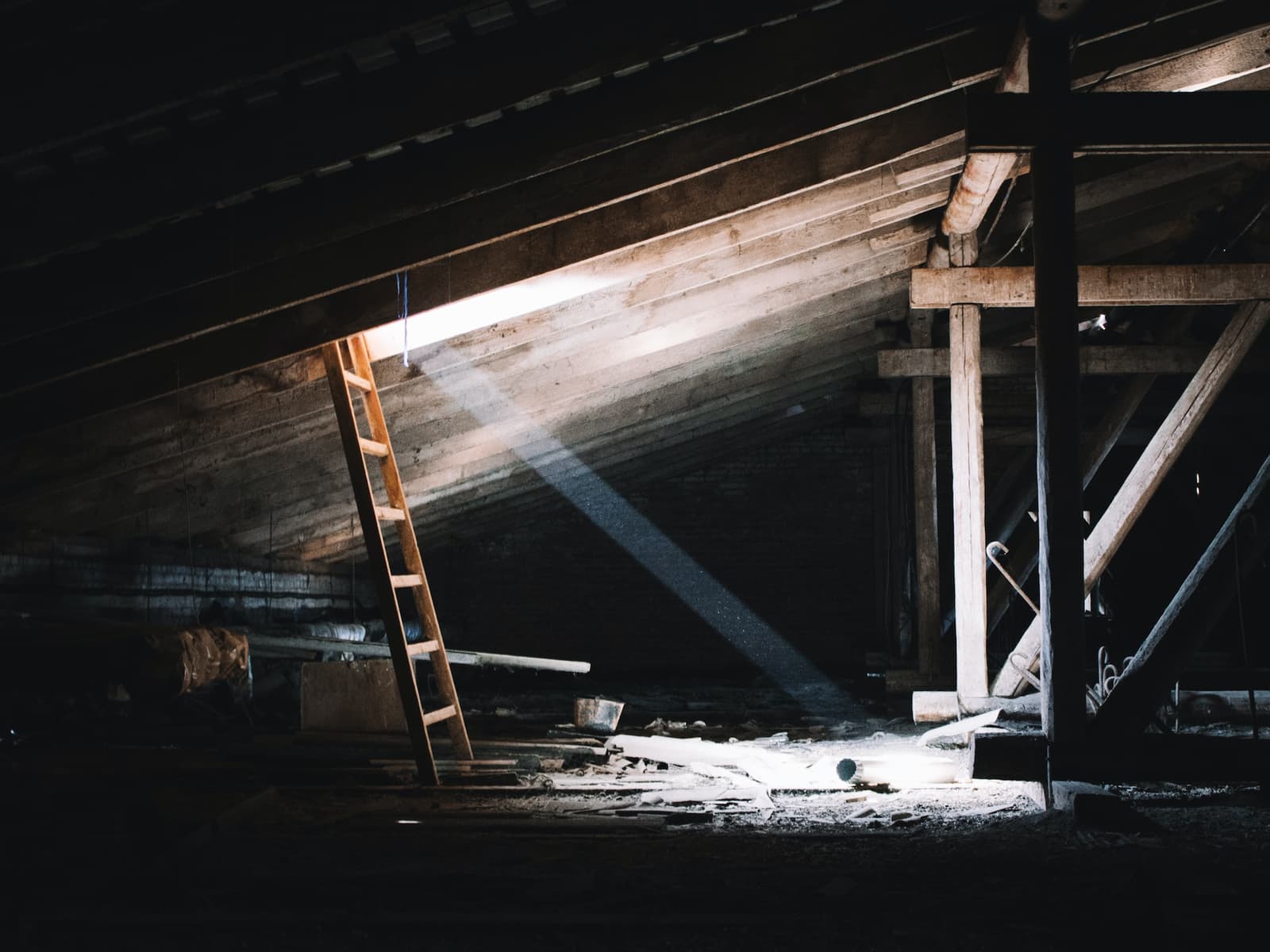
Think there’s mould growing in your attic? If said space is easily accessible, head up there for a visual assessment, and look out for the following warning signs:
Black, grey, or green stains on an attic’s wooden framing; black mould is the most hazardous of the lot
Bright stains (pink, orange, yellow, or white) might form
Noticeable water leak
Smell of mould (very distinctive odour)
Very humid environment, both in the attic and other rooms of the house
Chronic health problems in building residents (congestion, itchy eyes, sore throat, fatigue, cough, asthma)
Given the restricted lighting in attics, bring a flashlight up with you to better ascertain the area, including all the nooks and crannies. That way, you’ll get a good look into all the concealed areas around your attic.
What Are the Main Factors Leading to Moulding in an Attic?
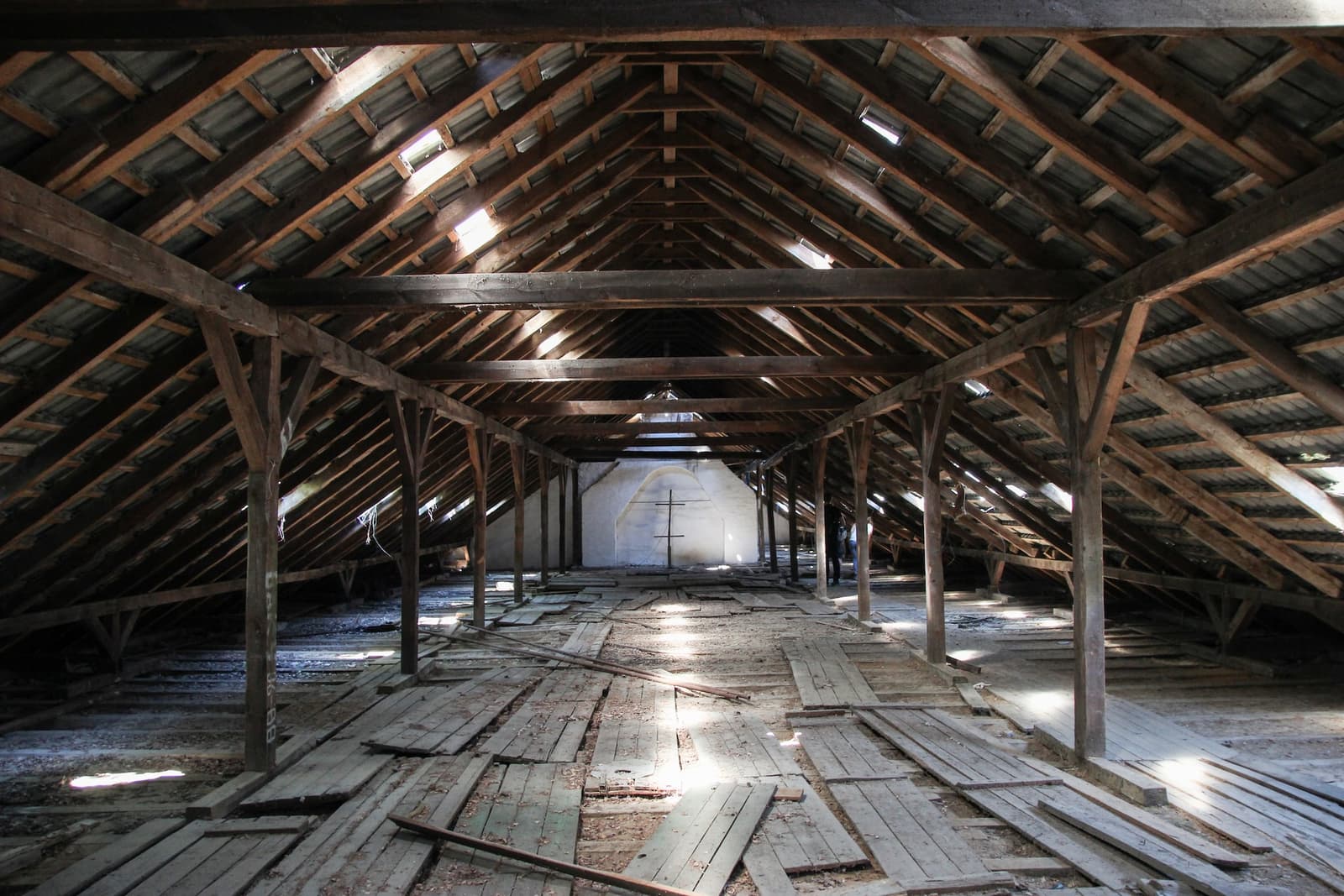
In most cases, mould growth in an attic results from one of the following four causes:
1) Lack of ventilation in the attic
Attics are more challenging to air out compared to other areas, especially since airflow is further complicated in older buildings. Moreover, since attics are rarely frequented, it might take some time for homeowners to realize there’s a blockage in the ventilation ducts.
2) Lack of airflow in humid areas of the building
Is your bathroom not equipped with a decent fan? Your range hood isn’t catering to your needs? The moisture building up in rooms throughout the house has to go somewhere, and if it’s not exhausted outside the home, it’ll rise to the attic. Eventually, said space will turn into a mould-favourable environment.
3) Roofing issues
When the roofing is in a poor state, which may result in water ingress, odds are, mould growth isn't too far behind. Consequently, should you have at-risk roofing, take a look in your attic, too.
4) Lack of insulation
If the roof is poorly insulated, the contrast between the rising heat inside and the cold outside can lead to moisture problems. Look out for warning signs that your roof may be poorly insulated.
Here’s a related article that might be of interest: How to Insulate an Attic.
Types of Mould: White and Black Mould
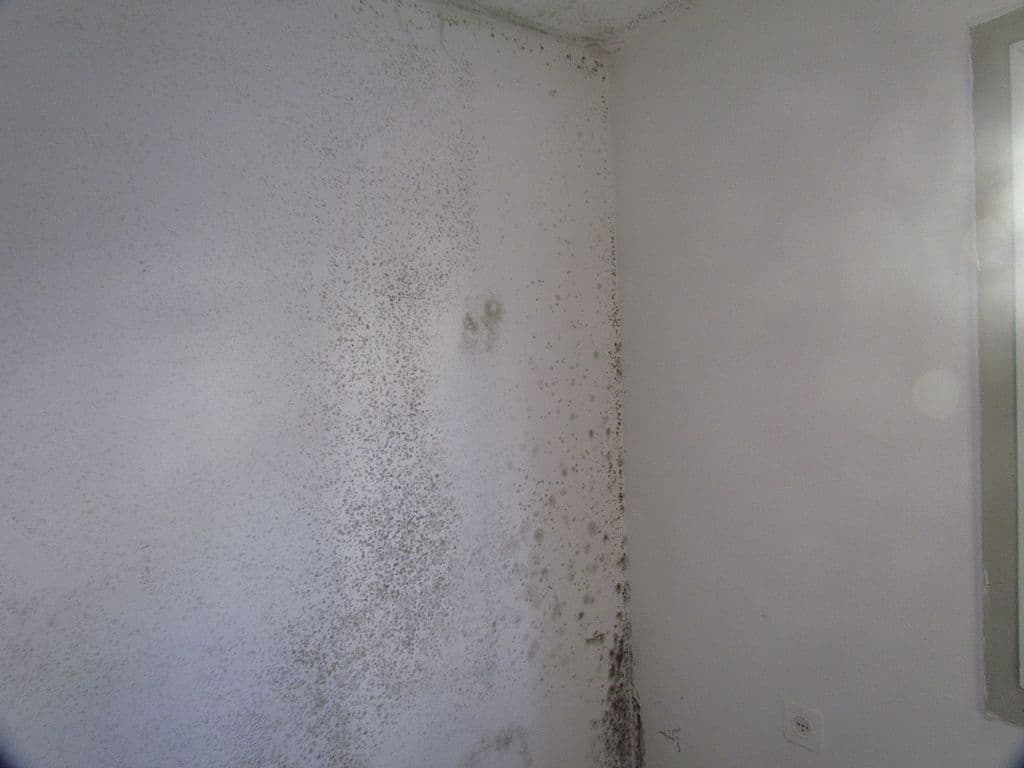
As briefly mentioned earlier in the article, there are different types of mould. Some are easier to remove, while others necessitate a bit more elbow grease and remediation efforts.
The most common types of mould found in buildings are black and white mould. Black mould is deemed more hazardous than white. Be on the lookout for the following characteristics to tell the two apart:
Black mould
Dark fungus that seeps into surfaces
Causes severe damage
Black mould spores can have detrimental health effects
Presents as irregular stains
White mould
Type of fungus that remains surface-level and primarily affects plants and damp areas
Easy to clean since it doesn’t seep into contaminated surfaces
Can present in two ways: either a powder-like substance or a fluffy texture
Has an even growth pattern
You may also spot green, grey, pink, orange, yellow, or red mould stains in your attic, however, such fungi are much less common. Albeit just as harmful, so be sure to hire a remediation service for expert removal without delay.
Top Breeding Grounds for Mould in Attics
Mould can grow on most surfaces in attics. That said, here are some of the areas you should keep a close eye on:
Plywood
Beams and trusses
Insulation material (mineral wool, polyurethane foam)
Corners
How to Remediate a Mould-Infested Attic

As soon as you spot mould and/or rot in your attic, you should undertake the appropriate removal and remediation efforts. However, such a project isn’t suited to DIY practices. To properly eradicate the problem, one must be familiar with the right techniques, have the right tools on hand, and have the trade experience and know-how. Mould is a persistent problem, and if it's only cleaned surface-wise, growths will reappear in no time.
Moreover, if you fail to remedy the root cause of the issue, mould will, without a doubt, resurface. Hire a mould remediation expert. These professionals will carry out a detailed inspection to assess the extent of the damage. Also, note that if the fungi have taken over the building, you may have to replace certain structural elements and parts, but that's a worst-case scenario.
The hired contractor will provide you with their opinion, informing you as to how they plan on tackling the problem.
To give you a glimpse into the ordeal, here are the standard steps taken during a mould remediation project, attic edition:
Prepare the area for remediation by protecting all unaffected surfaces
Ensure decent airflow to prevent spores from spreading during the process (experts often use an air filtration machine)
Put on some protective gear (dust respirator mask, protective overalls, goggles, gloves, and waterproof shoes)
Gather products and tools (differs based on technique used)
Carry out removal and remediation efforts
Proceed with the finishing touches
Ensure the root cause of excessive moisture—a breeding ground for mould—is fixed
Who can I hire to remove mould in my attic?
Keep in mind that mould remediation requires expert know-how, whether in residential or commercial properties. Therefore, contacting certified experts in the matter is paramount. Industry professionals have the necessary knowledge and know-how regarding the most effective methods to eradicate mould, long-term. Additionally, they have access to the right tools and equipment to carry out the work.
What is the average cost of attic mould remediation services?
Cost-wise, having mould removed from an attic definitely hinges on the square footage to remediate.
In terms of situation assessment fees, plan on footing between $200–$800. As for remediation fees, amounts typically range between $2,500 and $6,000. Typically, if the price falls in the upper price bracket, it’s indicative that several small-scale jobs will be undertaken.
Check out this article for more information on the subject matter:
How to Prevent Mould Growth in Attics

Once all the fungi and rot are removed from your attic, you’ll definitely want to avoid further issues down the line. As such, you’ll need to employ some preventive measures. Your hired expert will certainly be able to share some key pointers with you, but here are some tips and tricks to keep in mind in the meantime:
Keep an eye on water leaking through your roof
Check humidity levels in various parts of your house
Use a dehumidifier when need be
Improve the building’s ventilation and insulation (doors, windows, walls, ceilings, air ducts, and floors), if need be
Have the mould removed as soon as you spot spores
What are the health risks associated with mould exposure?
Never underestimate the extent to which mould can affect your health and that of your loved ones. Said microbial growth can make you really sick, especially if you’re immunosuppressed and/or suffering from allergies.
Here are some examples of the symptoms and illnesses related to mould exposure:
Fungal infections
Respiratory issues (chronic sinusitis, developed or aggravated asthma, recurrent pneumonia)
Memory loss
Lethargy
Body aches
Mood swings
Nose bleeds
Weight loss
Looking for something else?
Related articles
The latest industry news, interviews, technologies, and resources.
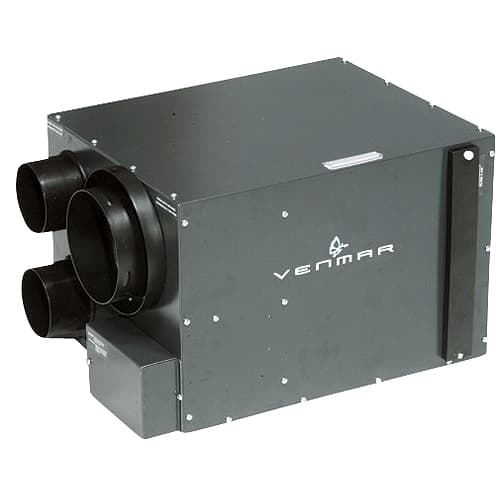
Editorial Team
•18 Aug 2025
Québec homes are built and insulated to retain heat during the winter and cool air during the summer. The downside of this setup is that stale air remains longer inside the home. To breathe fresh air indoors, natural ventilation has given way to mechanical ventilation.

Editorial Team
•23 Jul 2025
Whether by choice or simply to minimize costs, living in a small house or small apartment has both its advantages and disadvantages. However, it’s not impossible for you to arrange things to suit both aesthetic and practical needs.

Karine Dutemple
•07 Nov 2023
Do you have lots of energy to spare and are thinking about buying a house to flip it? Take a look at these few examples of flips to find ideas for this large-scale project!

Editorial Team
•28 Aug 2024
Hardwood floors are a beautiful but serious investment. Protecting and maintaining the surface of your hardwood floors is an important part of owning them. This flooring material shows all signs of dirt and grime, and therefore, cleaning should happen frequently. However, hardwood floors are a delicate material and must be maintained using soft and specific methods.

Editorial Team
•07 Nov 2023
Thermally insulating your roof is absolutely necessary to prevent temperature variations. Since the roof makes up the largest enclosure that’s in direct contact with the outside, thermal losses can reach up to 30% in the event of poor insulation.